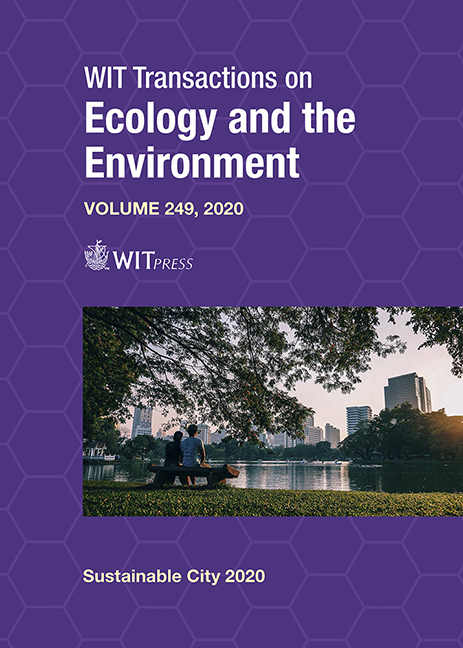GREEN AND BLUE INFRASTRUCTURES AS THE STRUCTURE OF A BIOREGION: THE CASE OF THE PONTINA BIOREGION
Price
Free (open access)
Transaction
Volume
249
Pages
12
Page Range
179 - 190
Published
2020
Paper DOI
10.2495/SC200151
Copyright
WIT Press
Author(s)
ALBERTO BUDONI, LIANA RICCI
Abstract
European Commission (2013) defined Green and Blue infrastructures as a strategically planned network of natural and semi-natural areas designed and managed to provide a wide range of ecosystem services. They constitute an important reference for building effective approaches to urban and regional planning if integrated in the bioregional vision. A vision that starting from Berg’s founding contribution has developed in various countries and in Italy through the territorialist school of Magnaghi. The idea of bioregion is based on the co-evolutionary relationship between humans and nature which requires transdisciplinary research work. This work can refer to two key concepts: structural invariant and accessibility. The first considers natural elements and anthropic “sediments” that characterise the landscape by combining nature and culture. The second concerns the way in which human beings move and use, interact and enjoy living in a space. The fruition of the physical space, the ecological and mobility networks together with the analysis of the security perception, affordability, and beauty/wellbeing for the human beings can be understood within the green and blue infrastructures system as the structure of a bioregion. In particular, the water represents a natural resource where the nature-human interaction needs to be particularly well managed to ensure sustainable and inclusive blue and green infrastructures. The competitive uses of water and the over exploitation of water sources led to substantial negative environmental and social impacts (e.g. water shortage and seawater intrusion, flood risk, water pollution). The paper discusses the case study of the Pontine bioregion which includes all these aspects. In the Municipality of Latina, located at the centre of the Pontine bioregion, a project co-funded by the EU (Upper project-Urban Innovative Actions) aims to define a bioregional structure based on the integration of ecological networks, mobility networks and new forms of public–private partnership.
Keywords
infrastructures, bioregion, heritage, structural invariants, commons, social-contracts





